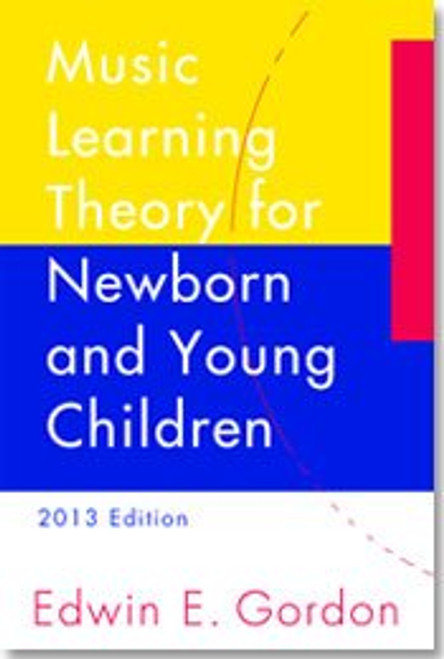Product Overview
Language skills, which are essential to school success, are the distinguishing characteristic between children from low socio-economic status (LSES) homes and those from middle socio-economic status (MSES) settings. This practical and information-packed book addresses the gap between language needs of students and language requirements of the classroom. Research spanning thirty years is pulled together to make a coherent, readable case for teaching language through classroom content presentation and to provide a clear path for doing so. As an incentive, indicators of what can happen when language is acknowledged are bolstered by predictions of what can happen when language needs are ignored.
Chapter One-- What Is Going On? --is a quick overview. To meet many [kindergarten] objectives, children need to be able to use language to talk about topics introduced in the classroom. These topics frequently are events that children may not have directly experienced. Verbs like discuss, describe, tell and answer signal [these] requirements.
Chapter Two-- If It's So Important, Why Didn't I Know About It Before This? --traces the route by which language was invited out of the classroom at the same time that increasing numbers of researchers were identifying its importance to classroom learning. The people who may know the least about the learning needs of young children from poverty homes may be the people making the most decisions about how to teach them. The people responsible for writing commercial curriculum materials, writing state standards for content areas, and developing educational assessments have a powerful impact on what goes on in the classroom. They are primarily skilled and qualified in areas outside of teaching young [LSES] children.
Chapter Three-- What Can I Do About This? --offers a range of practical ideas for teaching language while presenting content. The question of how to meet the language and learning needs of young children from poverty homes has a simple answer: Have more language-building experiences in the classroom!
Chapter Four-- What Is CurricuLanguage? --invites educators to embed sequenced levels of language acquisition opportunities across curricular activities. Due to the nature of language learning, student language development does not require a separate 'language development' block of scheduled time. Instead, necessary skills can be taught as an outcome of careful selection of content teaching methods and activities.
Chapter Five-- Why Talk About This Now? --is a visit from the ghost of education future. With current bureaucratic policies pushing education reform, the prediction is that language will be increasingly ignored. The greatest risk is that [accountability procedures] will actually increase the divide between rich kids and poor kids. While MSES schools will be freed, by higher standardized scores, to experiment with newer 21st century approaches and interactions, the LSES schools will not have this same teaching freedom. The concern is raised that, without attention to language-learning needs, classes for young children from poverty homes will become conceptual ghettos where children, walled off from newer teaching strategies, are relentlessly confronted with what they don't know, can't do, and don't care about.
The book ends with a reminder that turning classes into language-rich environments can begin with some very small steps that are presented.







